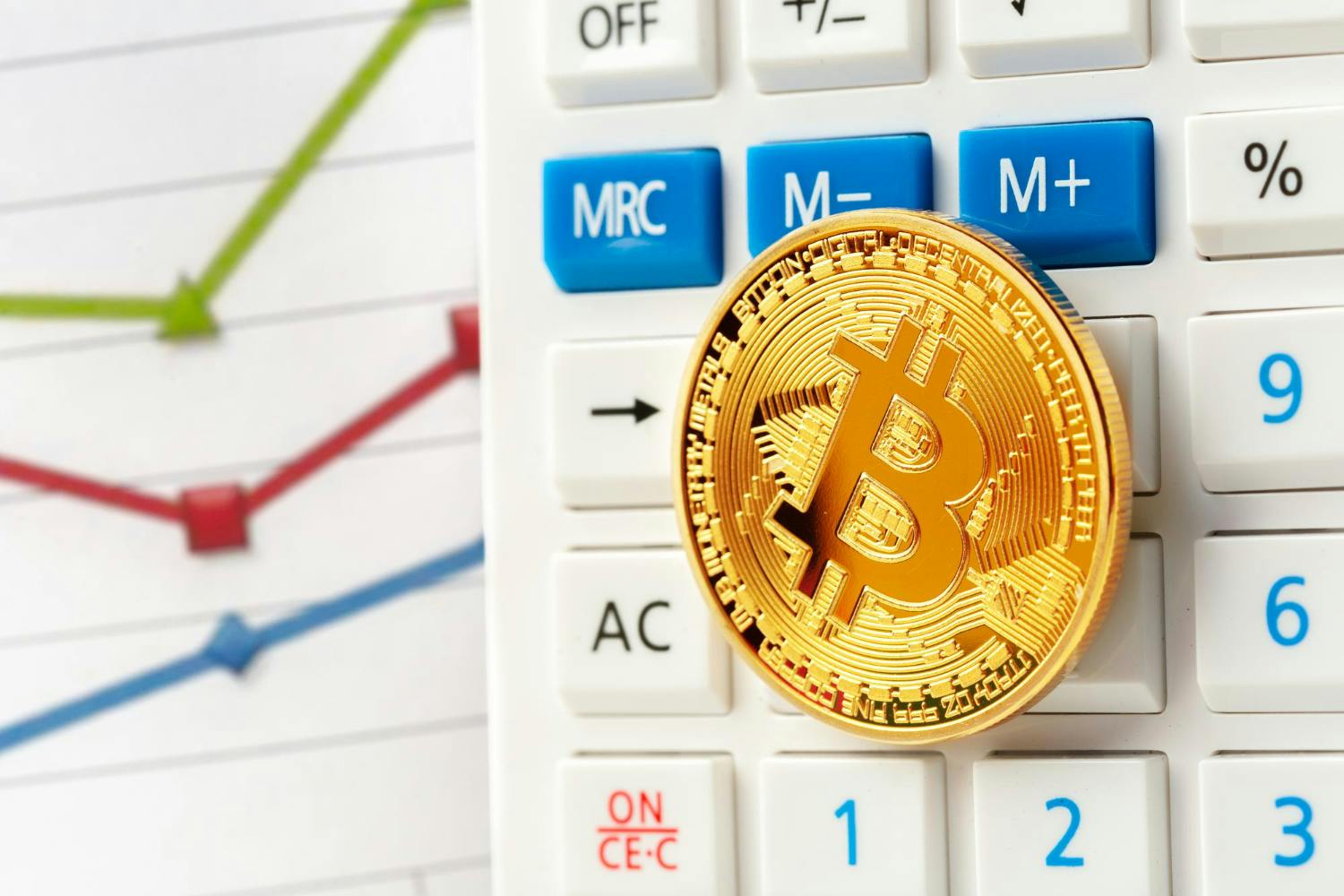Cold Storage Cryptocurrency Wallets: The Complete Guide
10th Dec 2023

Table of Contents
Introduction
Definition: What is Cryptocurrency Cold Storage?
Battle of the Best Cold Wallets: Hardware vs Paper
How to Set Up Your Cold Storage Cryptocurrency Wallet
How to Fund Your Cold Wallet From Hot Storage
Cold Storage Wallet Safety Tips
Accessing Your Assets: Withdrawing From Cold Wallets
The Pros and Cons of Crypto Cold Storage
Crypto Cold Storage: Common Questions
1. Introduction
Cryptocurrency cold storage wallets allow you to securely store your crypto assets offline to reduce the risk of hacking and theft. With major crypto exchange hacks in the news regularly, using cold storage is an essential security step for anyone holding a portfolio of Bitcoin, Ethereum, or other coins.
In this complete guide, I’ll teach you everything you need to know about maximizing the security of your cryptocurrency with cold storage wallets. You’ll learn:
2. Definition: What is Cryptocurrency Cold Storage?
A cryptocurrency cold storage wallet keeps your private keys offline and away from the internet in “cold” storage. This prevents cyber criminals from being able to access and steal your coins remotely.
Cold wallets can come in two main forms:
- Hardware wallets – Specialized devices like the Ledger Nano or Trezor designed specifically for securely storing crypto assets offline.
- Paper wallets – Your keys printed or written on paper that is stored somewhere safe like a home safe or bank vault deposit box.
Both these cold wallet types isolate your private keys from online access, providing superior security to software or hot wallets connected to the internet.
Now let’s compare some of the top cold wallet devices and options.
3. Battle of the Best Cold Wallets: Hardware vs Paper
Hardware Wallets
Hardware wallets like Ledger or Trezor lead the market when it comes to premium cold storage devices purpose-built for cryptocurrency security. Let’s look at some top contenders:
Ledger Nano X
- Bluetooth connectivity for mobile use
- Store up to 100 apps at once
- Price: $149
Trezor Model T
- Touch screen interface
- MicroSD card encryption and U2F authentication
- Price: $179
SafePal S1
- Military grade security chip
- Attractive price point
- Price: $50
Hardware wallets provide maximum usability and coin versatility for your storage needs.
Paper Wallets
For ultra budget-focused security, paper wallets allow you to completely isolate your assets offline on printed or handwritten paper stored in a secure physical location like a:
- Home safe
- Safety deposit box
- Secure office environment
Products like Billfodl provide engraved metal backups for your secret key that can survive floods, fires, and other disasters to give you total peace of mind.
The advantage of paper wallets is being low cost and extremely simple – no need for devices and components that could fail over time. But they do lack convenience versus the top hardware options.
Now let’s go through the setup process step-by-step…

4. How to Set Up Your Cold Storage Cryptocurrency Wallet
The process for initial configuration will vary slightly between cold wallet solutions but generally involves the following key steps:
- Choose which cryptocurrency wallet device or paper wallet works for your budget and needs
- Purchase your cold wallet of choice
- Connect your cold wallet to your computer/device depending on type
- Set up a secure pin code and record your recovery seed phrase
- Confirm backup seed phrase matches on device
- Enable any advanced security settings like multi-sig or passphrases
Let’s go through a detailed setup example using one of most popular hardware wallets – the Ledger Nano X:
- Purchase a Ledger Nano X from their official site or on Amazon. Prices range from $119 to $149.
- Connect your Ledger via USB cable to your main internet-connected computer. This is needed for the initial setup.
- Set a secure PIN code to lock your device from unauthorized access – be sure no one can physically see you enter this.
- Record your 24 word recovery seed phrase – This phrase allows you to recover access to your cryptocurrency if you ever lose or damage your physical device. It’s critical this phrase is kept extremely secure and private. Consider encrypting and making physical backups stored in secure locations around your home or secure facilities. Never store your recovery phrase on your computer or anywhere online!
- Confirm your recovery seed phrase matches on the Ledger device to ensure it was properly recorded.
- Enable advanced passphrase encryption for security – This adds another secure password on top of your recovery phrase needed to access wallet funds as an extra layer of protection. Like your pin code, keep this private.
And with that you now have your Ledger Nano cryptocurrency cold wallet secured and ready to safely store assets!
Next let’s go over the process for actually funding your wallet from a more vulnerable hot storage wallet online…
5. How to Fund Your Cold Wallet From Hot Storage
Once your preferred cold storage solution is physically set up and secured, you can begin transferring crypto funds into “deep cold” offline storage:
- Connect your cold wallet device via USB or otherwise to an internet-connected computer or phone, depending on device type.
- Initiate a crypto withdrawal on your hot wallet exchange account or other online wallet to the receive address shown in your cold wallet. Most cold wallets provide a seamless means to display and copy these addresses per currency- make sure it matches the asset you’re withdrawing!
- Confirm transfer details carefully before submitting the transaction and pay the quoted network transaction fee. Be 100% sure the address matches your cold wallet!
- Wait for confirmations on the network and check transaction status.
Once sufficient network confirmations are reached to finalize the transfer, your chosen assets will now be securely stored offline away from hackers in your cold wallet solution!
Tip: Start by only transferring a small test amount to confirm you have the process right before moving larger sums!
Now let’s review some best practices for storing your cold wallet device or paper backup…
6. Cold Storage Wallet Safety Tips
Once your cryptocurrency cold wallet is funded, you need to store it somewhere very secure during periods where it is not actively being used. Here are some top tips:
- Store cold wallet in a fireproof and waterproof bag or box, ideally with encryption capability if a hardware device. Billfodl and Seyo make high-quality metal backup solutions purpose-built to survive disaster scenarios.
- Keep multiple physical copies of recovery seed phrases secure as well – consider distributed locations around your home or business rather than together for redundancy. Encrypted digital copies in very secure cloud storage is also an option, however less secure than fully offline physical backups.
- For hardware wallets, keep the device in a Faraday bag when not in use to block all electromagnetic signals to prevent any network communication leaks.
- Avoid advertising ownership or location of your cold storage – be discreet. You want as few people as possible to know you even have an offline wallet or where it might be located.
- Use secure transports like quality safety deposit boxes when needing to physically relocate cold wallets and seed backups to new secure locations. Avoid simply having them at home during the process.
Follow common sense security practices like the above tips and your offline cryptocurrency should have the highest chance of remaining safe from theft and hacks!
Now let’s go over how to connect back online in order to withdraw funds out of cold storage when needed…
7. Accessing Your Assets: Withdrawing From Cold Wallets
When you eventually want to withdraw funds from your cold wallet, either to cash out or simply transfer back to a hot wallet, follow this process:
- Physically access your cold wallet device or paper backup from its secure storage location.
- Connect the cold wallet to an internet-connected device using the appropriate means like USB.
- Unlock your cold wallet using pin codes, recovery phrases, or whatever authentication mechanisms you have set up.
- Initiate a crypto withdrawal to the desired “hot” receiving address just like you funded your cold wallet. Confirm details carefully.
- Pay quoted transaction fee for the network and wait for sufficient confirmations.
- Safely store your cold wallet back in its secure offline location!
When handling your cold wallet to withdraw assets, be aware of risks like keyloggers and cameras that could record sensitive information. Have controlled processes around accessing cold wallets.
Now that you know how to withdraw from cold storage, what are some of the key pros and cons of this advanced security approach?
8. The Pros and Cons of Crypto Cold Storage
Let’s break down the top advantages and potential disadvantages.
Pros
- Drastically reduces risk of theft from hackers and malware
- Allows you to securely hold crypto long term
- Gives you full control – no relying on custodial services
- For hardware wallets, encrypted backups allow recovery if devices fail
- Ultra secure solutions survive disasters like floods and fires
Cons
- Setup and usage carries more responsibility vs custodial services
- Paper wallet reliance on physical backups has more points of failure
- Hardware wallets can cost over $100 and be cumbersome
- Slowed access to withdraw funds when needed
As long as you take security seriously and research reputable solutions, cold storage pros significantly outweigh the cons for most cryptocurrency HODLers.
Now let’s wrap up with answers to some frequently asked questions:
9. Crypto Cold Storage: Common Questions
Are my assets insured if using a cold wallet?
No – Unlike cash in a bank, cryptocurrency cold wallets do not actually insure your holdings. You carry full responsibility for security. If backups fail or a disaster destroys records, no one reimburses you. Manage this risk carefully through redundant security layers.
Can cold wallets be hacked remotely?
No – That’s the entire point of cold storage. As long as private keys remain offline, away from internet access, the assets stored there cannot be stolen through remote cyber attacks. Physical theft of backups remains a risk however if not properly secured.
Is a safe deposit box secure for my hardware wallet?
Yes – As long as no one else has access and you avoid revealing you store a wallet there. Be discrete. Safety deposit boxes have very effective physical security, although their contents are typically not insured.
Should I still use cold storage for small crypto amounts?
Yes! Any amount carries risk when stored in hot wallets or on exchanges long term. Best practice is to always use cold storage, even just paper backups in a home safe for smaller holdings.



